Wormwood
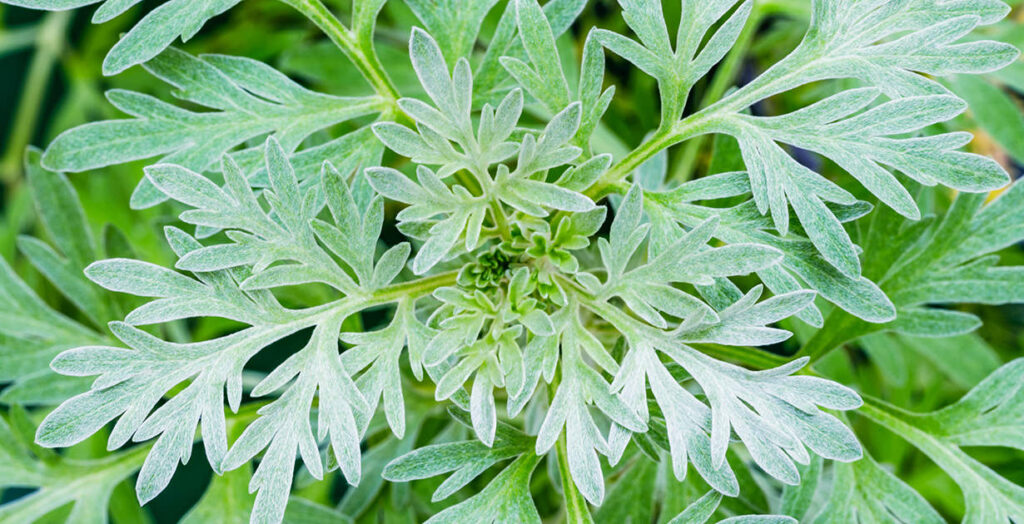
Wormwood is a perennial herb known for its bitter taste and distinctive aroma. It is a member of the Asteraceae family and is recognized for its silvery-green, finely divided leaves and small, yellowish-green flowers. The plant is historically significant for its use in traditional medicine and as a flavoring agent in spirits like absinthe.
1. Size:
- Wormwood typically grows to a height of 2 to 4 feet (60 to 120 cm) and has a similar spread. Its bushy appearance with finely divided foliage makes it a noticeable plant in gardens and herbal beds.
2. Color:
- The leaves of Wormwood are green with a silvery or grayish hue due to fine, hair-like structures on the surface. The plant produces small, yellowish-green flowers that are less conspicuous compared to its foliage.
3. Texture:
- The leaves are deeply lobed and covered with fine, soft hairs, giving them a slightly fuzzy texture. The overall texture of the plant is somewhat coarse, with a noticeable bitterness.
4. Fragrance:
- Wormwood has a strong, bitter aroma that is often described as pungent and medicinal. The scent can be overpowering and is typically used in small amounts.
5. Uses:
Wormwood is used sparingly in cooking, primarily for its bitter flavor. It is an essential ingredient in the production of absinthe and other traditional spirits.
Traditionally, Wormwood is used to treat digestive issues such as bloating, gas, and loss of appetite. It is also used to expel intestinal parasites and support liver function.
The essential oil of Wormwood is used in aromatherapy for its strong, medicinal aroma. It is believed to have stimulating properties and is sometimes used to relieve mental fatigue.
Wormwood is often grown as an ornamental herb due to its attractive foliage and unique appearance. It is also used in companion planting to repel pests.
6. Habitat:
- Wormwood thrives in well-drained, sunny locations and is commonly found in temperate regions. It prefers dry soil and can tolerate drought conditions, making it suitable for various garden settings.
7. Cultural and Spiritual Significance:
Wormwood has been used since ancient times in traditional medicine and rituals. It was commonly used in ancient Egypt, Greece, and Rome for its medicinal properties and as a protective charm.
In various cultures, Wormwood is associated with purification and protection. It is believed to ward off evil spirits and has been used in rituals and ceremonies for its cleansing properties.
Spiritual Properties
Purification: Wormwood is believed to have strong purifying properties. It is used in spiritual practices to cleanse spaces, objects, or individuals from negative energies and influences.
Protection: The herb is often used in rituals for protection against malevolent forces. It is considered a powerful tool for spiritual defense and safeguarding.
Medicinal Properties
Digestive Health: Wormwood has been traditionally used to stimulate appetite, relieve bloating, and aid in digestion. It is known for its bitter compounds, which can help improve digestive function.
Antiparasitic: The herb has been used to expel intestinal parasites and worms. Its active compounds are believed to have anthelmintic properties that help eliminate parasitic infections.
Anti-inflammatory: Wormwood contains compounds that have anti-inflammatory effects, which may help reduce inflammation and support joint health.
Liver Support: The herb is traditionally used to support liver health and detoxification processes. It is believed to stimulate bile production and enhance liver function.
Allergic Reactions
Wormwood (Artemisia absinthium) is generally used with caution. While it has traditional medicinal uses, it should be used under professional guidance due to its potential toxicity. High doses or prolonged use can lead to adverse effects. It is not recommended for pregnant or breastfeeding women, and people with certain health conditions should consult a healthcare provider before use.
Skin Irritation: Some individuals may experience skin irritation, redness, or rash when handling Wormwood. This is more common in those with sensitive skin or a history of allergies.
Respiratory Discomfort: Inhalation of Wormwood’s dust or essential oil may cause respiratory irritation or discomfort, particularly in individuals with asthma or other respiratory conditions.
Toxicity: Wormwood can be toxic if consumed in large amounts or over prolonged periods. Symptoms of toxicity include nausea, vomiting, and abdominal pain. It is essential to use Wormwood under the guidance of a healthcare provider.
Neurological Effects: High doses of Wormwood may lead to neurological effects such as seizures or hallucinations. This is particularly relevant for the essential oil, which is concentrated and potent.
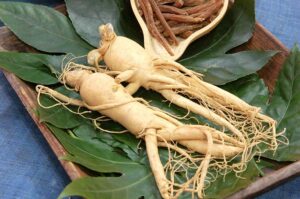
Ginseng Panax
Ginseng Panax Panax Ginseng, also known as Asian Ginseng or Korean Ginseng, is a perennial plant native to East Asia. The root is the most

Dandelion Root
Dandelion Root Dandelion Root, derived from the Taraxacum officinale plant, is a well-known herb in traditional medicine and herbal remedies. While often regarded as a

Turmeric and Cancer: The Role of Curcumin in Fighting Disease
Turmeric and Cancer: The Role of Curcumin in Fighting Disease Turmeric, a vibrant yellow spice, has been celebrated for centuries for its medicinal properties, particularly
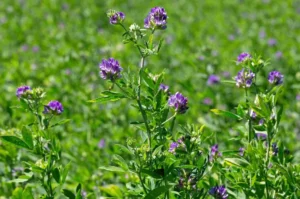
Alfalfa Leaves
Alfalfa Leaves Alfalfa is a perennial flowering plant from the legume family, known for its high nutrient content. It is widely cultivated as a forage
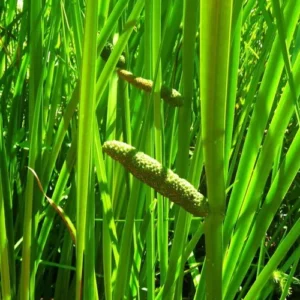
Calamus Root
Calamus Root Calamus Root, derived from the rhizome of Acorus calamus, is a well-known herb in traditional medicine and spiritual practices. Known for its aromatic
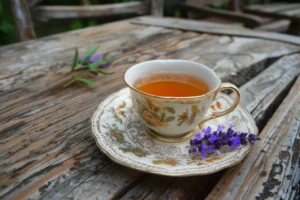
Chamomile & Lavender Calming Tea
Chamomile & Lavender Calming Tea A soothing blend designed to promote deep relaxation and emotional healing, making it an ideal remedy to unwind after a